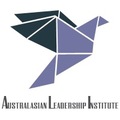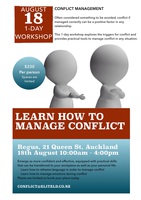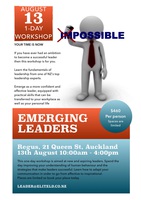Communication Secrets of World Class Leaders by Mark Wager
Image courtesy of Stuart Miles at FreeDigitalPhotos.net
Communication Secrets of World Class Leaders
By Mark Wager
There are leaders and there are leaders. Some leaders inspire us to do our job yet there are others that inspire us to reach levels we never thought imaginable. These are the world class leaders. It’s these leaders that create an environment that can change an organisation from loss to profit and from good to great. An essential element of any leader is their ability to communicate with their team, but how do they do this? How do they communicate in a way that inspires people? This article looks at the Elite Communication Model.
The Elite Communication Model has been designed based on twenty five years of leadership experience in and across a range of industries, and cultures as well as an extensive knowledge of human behaviour and psychology. The Elite Communication model helps leaders communicate in a more effective and inspirational way and takes them to a world class level.
How many times have you communicated to a group only to find out that people within the group have received the message in very different ways? I remember a Chief Executive who decided to create a more open environment and wanted to connect with the ground-level staff so he sent an email out to all staff every Friday afternoon. The email was a personal message in which he shared his thoughts on what happened to him during the week and where he felt the organisation was It was like a blog. The reaction from staff was varied; some had the reaction that the Chief Executive intended and felt that they had a Boss who cared for the staff enough in order to want to connect with them on a daily basis yet others felt that the Chief executive should have better things to do than send emails about his week and as a result the behaviours displayed by those staff were the opposite of what he intended. They saw him as not being competent and the connection between ground-level staff and the senior management became wider.
The challenge is that we all perceive the world in very different ways. This perception is formed by a mixture of our innate preferences, our upbringing, our social circle, our values and each and every experience we have ever been exposed to. It’s this perception that influences how we react to information that we receive. This explains why you can communicate to a large group of people and there will be a varied reaction within that group. We are all looking for the same thing but we have a different interpretation of what that ‘thing” looks like and means to us.
The Elite Communication Model looks at the four key drivers that influence people’s perceptions and how as a leader you can use this to your advantage. The drivers are possibilities, specifics, impact on people and consequences. Now let’s look at each of these in some more detail.
Possibilities
When the main driver is fuelled by possibilities then as a leader you need to realise that this audience will have faith in your competence if they hear you talk about the future and in particular the vision. They are attracted to patterns of ideas and ask themselves “what could be?”
Specifics
These people seek out practical facts and details. If these are present then they perceive competence in the leader. They are likely to be influenced by objectives they view as realistic and will follow ideas if there’s a track record of these ideas working even if it’s been in other organisations.
Impact on people. The members of the audience who have perceptions that are driven by impact on people will be looking at a leader that shares the same values that they have. They need to see empathy and a desire to see people feel valued, especially valued as individuals. They are influenced by stories that have emotional impact.
Consequences
This driver often removes the impact on people out of the equation when processing information which naturally conflicts with the ‘impact on people” driver. An example of this conflict can be seen when they perceive fairness in two different ways one sees fairness as everyone is treated the same “one rule for all” while the other perceives fairness as when everyone is treated on a individual ‘case by case” basis.
Once you are aware of the four key drivers you then need to be aware of three things. Adaptation, balance and preference. You need to know how to adapt your message in order to incorporate the four key drivers so all the audience is being catered for. Secondly you need to balance your talk so that the weight you give to each driver matches the balance and sequence that your audience requires and you will need to be able to profile your audience and identify their drivers both quickly and accurately. The final step is to be aware of your own personal driver as your talk will be naturally swayed towards this driver which will cause your communication to be unbalanced.
The journey to communicate like a world class leader is not an easy one but if you are committed to become the best you can be and you are willing to seek advice from an experienced leadership coach, then you can inspire people in a way that make a difference.
About the Author:
Mark Wager is the leader that others leaders turn to when they want to take their performance to the next level. Author and leadership expert Mark specialises in providing aspiring and experienced leaders the practical skills and techniques that can be transferred to the workplace. To see how Mark can develop you contact him using the enquiry form below.
Posted: Monday 2 March 2015



